I remember making a black and white painting that was based on a photograph from an old Communist-era book about the old city of Warsaw. My professor disliked it greatly and said something to the effect that you can’t paint history anymore and that any attempt to do so will result in failure. His comment motivated me to make even more of these paintings.
The unpredictability of life keeps Viktor Witkowski from following a “signature style” and that has led him to a painterly practice open to contingency.
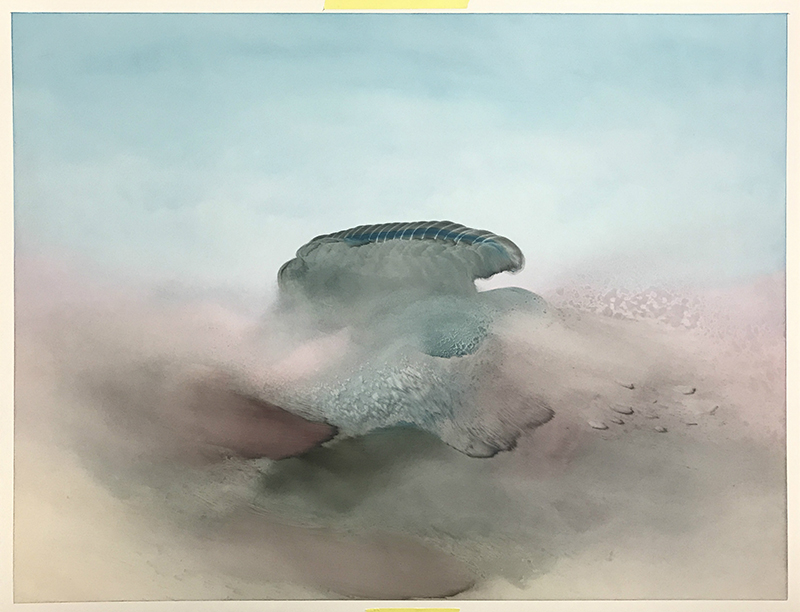
O.T. (no.184), 20 by 25 inches, oil on paper, 2019
How did your tryst with art begin?
My parents fled Poland in the early 1980s when I was five. Once we arrived in Germany, my dad took on a construction job while my mom worked as a cleaning lady. In short, I did not grow up in a household where art was part of the conversation.
I grew up in an immigrant, low-income neighbourhood with few German families. My parents and friends were supportive of my interest in art, but because the closest city with a significant contemporary art collection was over an hour away, I had to find other ways to surround myself with art. My town’s public library was crucial in satisfying my hunger for everything art related. I also remember my dad buying me some of these step-by-step tutorials on how to draw a portrait or how to paint a landscape. Also, I had some very supportive teachers in high school.
The first time I visited a contemporary art exhibition was during a school trip to see Gerhard Richter’s flower paintings at the Sprengel Museum in Hannover in the mid 1990s. This exhibition had a lasting impact on me. At that point, I realised how important and central art-making and art-viewing was to me.
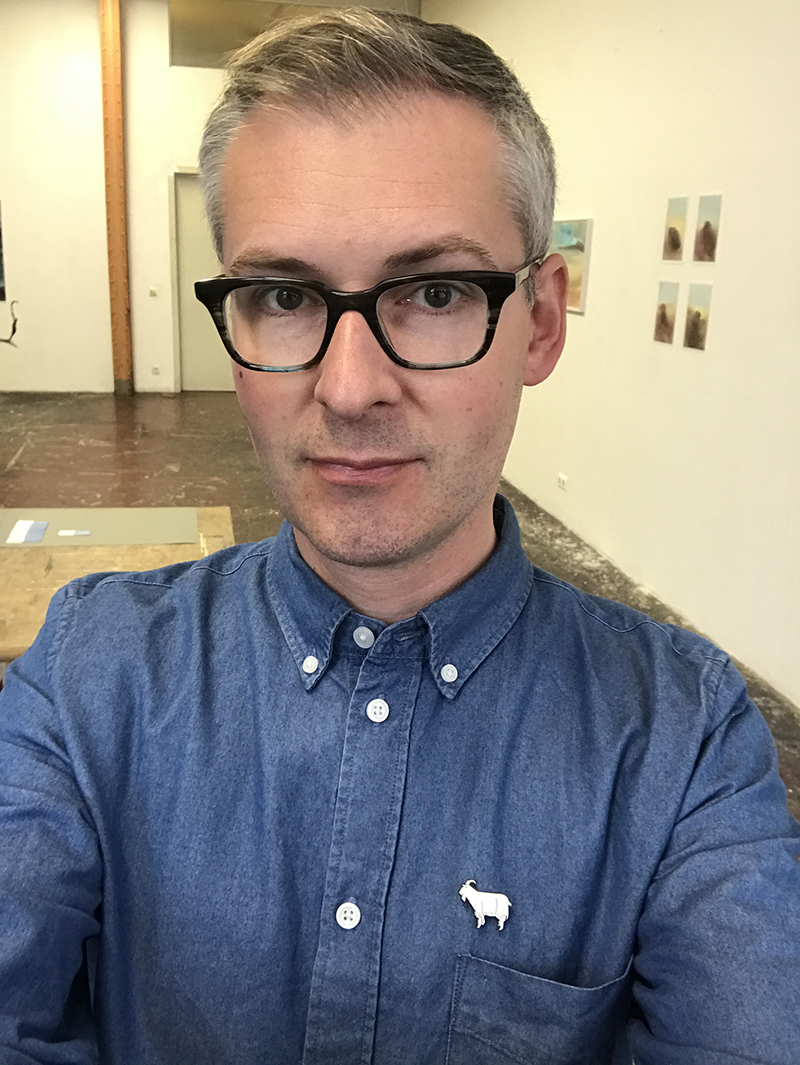
Tell us about the evolution of your practice.
Before I enrolled at the HBK Braunschweig, the art academy in Braunschweig, Germany in 1999, my exposure to contemporary art was limited. As I mentioned, the area I grew up in was mainly rural and you had to travel far to see contemporary art. This reflected in my work. Most of it was based on art I had seen in books or learned about in school. In the beginning, I painted copies of everything I liked. Much of it was vaguely expressionistic and often centred around landscape.
Once I entered art school, I had the opportunity to see more art. This included student and faculty work at the HBK Braunschweig as well as local and regional museums, galleries, art spaces, etc. In the winter of 1999, I travelled to Berlin for the first time and I saw the Pergamon Museum, which houses the Museum of Islamic Art, and then the Hamburger Bahnhof, which are still two of my favourite museums. This experience just tells you that even if an artist is talented, talent alone will not carry you far. As artists, we rely on others and their support. We rely on seeing art and preferably all kinds of art across time and continents, not just a small selection of contemporary art.
Between 1999 and 2000, I got more interested in questions of history and its relation to painting. I was looking at a lot of Gerhard Richter at that point, mainly his history paintings which had political overtones. I did that much to the dislike of my professors, who considered his work to be overrated. I started thinking about my Polish identity then too, what it meant to be growing up as a Pole in Germany in the ‘80s and ‘90s and how I could approach this question through painting. I remember making a black and white painting that was based on a photograph from an old Communist-era book about the old city of Warsaw. My professor disliked it greatly and said something to the effect that you can’t paint history anymore and that any attempt to do so will result in failure. His comment motivated me to make even more of these paintings.
After a while, I stopped with representational and figurative painting altogether. Until my graduation in 2006, I only made abstract paintings that were loosely based on landscapes. Looking back now, I can’t say that I enjoyed these paintings much, but it was easier to create work that would not start an argument with my professors.
After graduating from the HBK Braunschweig in 2006, I immigrated to the US as my wife is a US citizen. That particular decade was full of political events with far-reaching and catastrophic results: 9/11, the invasion of Afghanistan, the US invasion of Iraq, and the so-called “War on Terror”. For the next few years, I made paintings that addressed these events and their consequences. It did not matter if these paintings succeeded in the end. What mattered was that I try to tackle these issues and what I believed should be made visible.
Then, in 2008, I entered the Visual Arts MFA program at Rutgers University in New Brunswick. At that point, most of the painters in the program favoured abstraction and this forced me to rethink my approach. How best to consolidate my interest in politics and history with the formal aspects of painting and the US tradition of abstraction? I don’t think I was able to answer this question during the two years of my MFA, but I got to explore various ideas, some of which led nowhere while others proved helpful.
During this time, I met artists who were crucial in pushing my ideas about painting and who helped me better understand where my work was headed – Thomas Nozkowski, Hanneline Røgeberg, Heide Fasnacht, Anthony Viti, LaToya Ruby Frazier to name a few. To this day, some of the conversations I had with them keep finding their way back into my work.
It was not until 2016, when my work took another turn. I was at an artist residency in Worpswede in northern Germany, when I decided to make an experimental film about the hundreds of thousands of refugees arriving that year and their impact on various communities across Germany. In other words, my interest in politics, war and its aftermath that I had been addressing through painting over the past decade found a new outlet, a new medium that I believed to be better suited. It was liberating to channel my interest in painting and my interest in politics and activism into two distinct media. I have been following that path for the past three years.
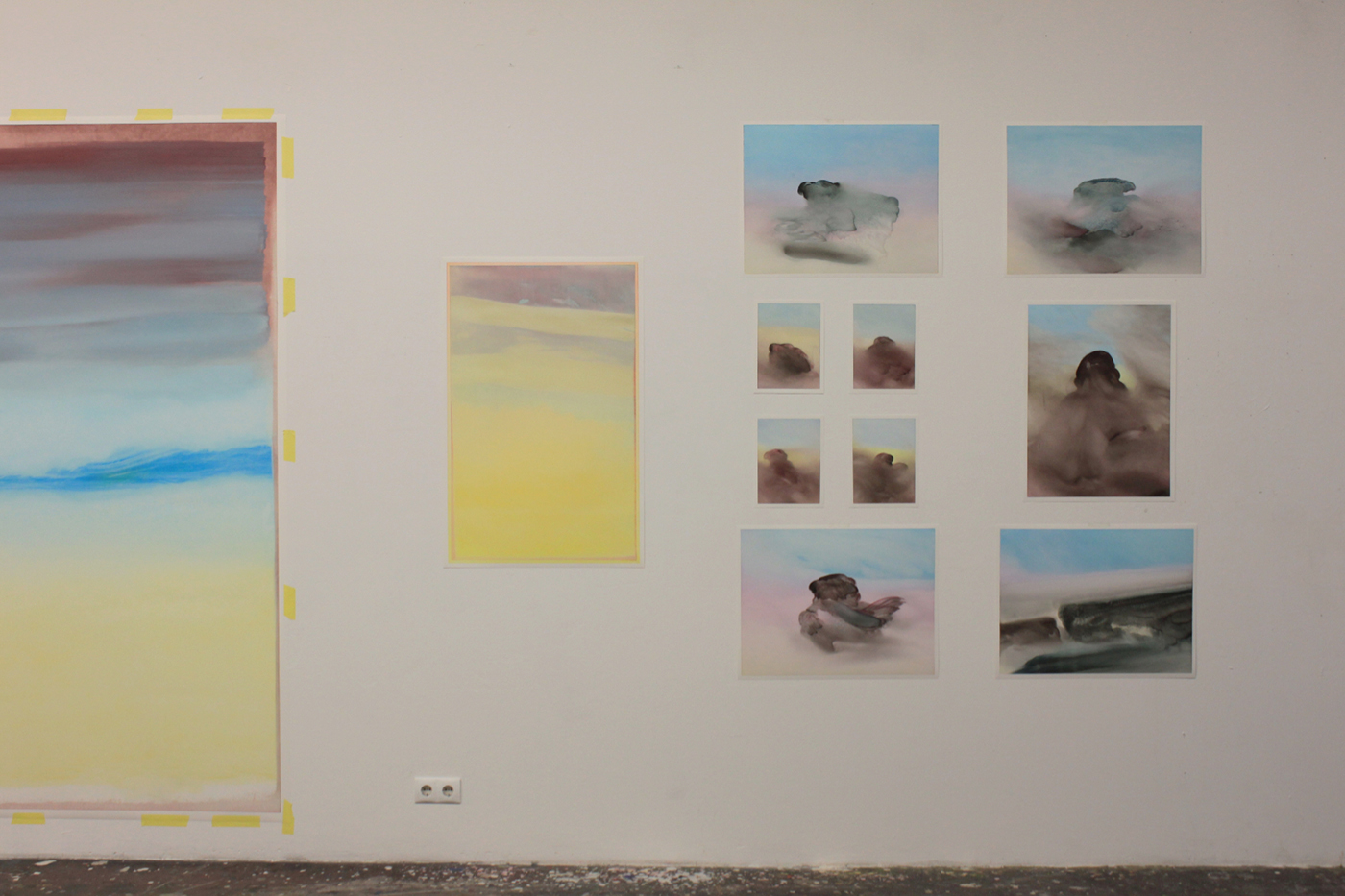
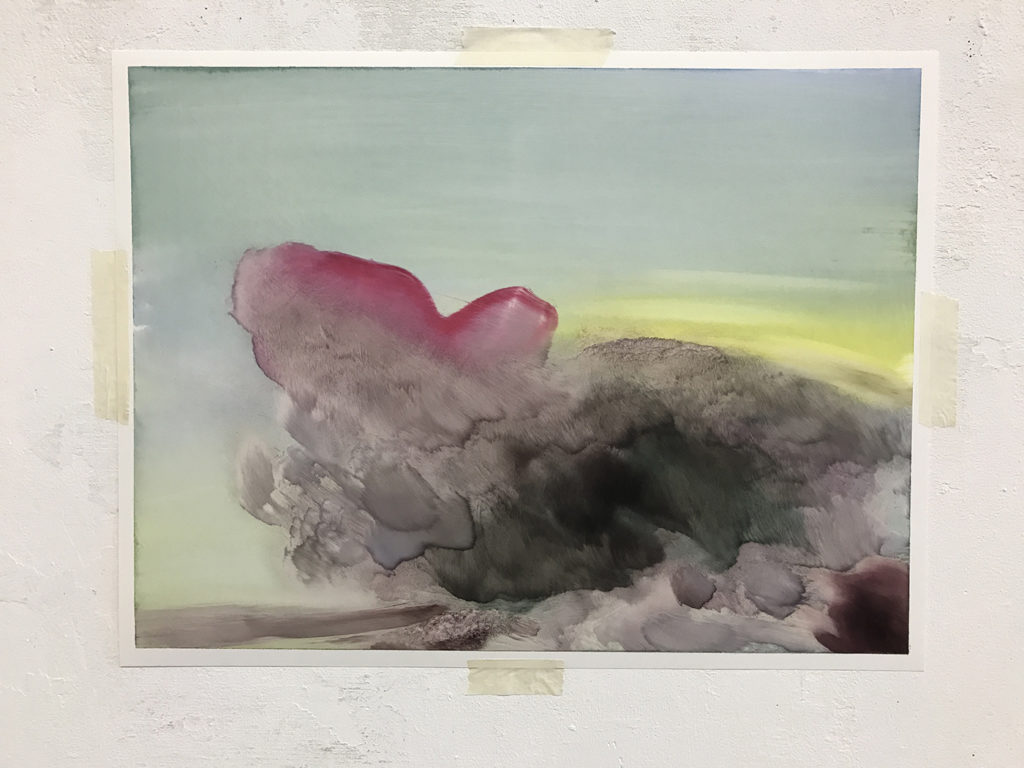
What were your biggest lessons and hurdles along the way? Which is the most memorable moment?
One of the most memorable moments occurred when I was shooting material for my first experimental film in early 2016. I had met this group of young Syrians who were housed in my former elementary school in Germany. We were sitting around while I was describing what my project was about, that I am a painter who also uses film, and how I grew up in the town they were living in at that moment. Later, I started asking who was willing to be filmed. After a couple of people agreed to participate, some of them suggested another guy who was housed in a different part of my former school. They told me that he had been depressed for a while and that it would do him good to be asked to participate. So we went over to his room and, after a short conversation and encouragement from his friends, he agreed to be filmed.
With the help of one of the men who was fluent in English, I found out his name, where he was originally from, what happened to him before he decided to flee to Europe. At that point, his friends stopped me and explained that he had been abducted and tortured by ISIS. They said that it would be a bad idea to ask him about that experience, but that it would be good for him to be involved in the project. Following that conversation, we asked him how he preferred to be filmed. He answered that he wanted to be filmed sitting on his bed in silence, which is exactly what I did.
At that moment, I realised how easy it would have been to overstep my role as an artist and put that man in an uncomfortable and unwanted position. With a camera and a microphone in hand, I could have obtained the information I was looking for. But the fact that it was possible does not make it right.
Since then, my understanding of how I approach painting has completely changed. In a nutshell, I ask myself how to consolidate the need for self-expression with the urgency to respond to contemporary events. And to do so means that I embrace a painterly practice that is open to contingency.

What is the primary role of an artist? How do you describe yourself in the context of challenging people’s perspectives via your work and art?
There are many roles artists take on. In that sense there can’t be one main or primary role that artists fulfill. That would be incredibly boring! To remain curious is probably the simplest way to describe what artists should strive for. It sounds a little lame, but I believe it’s true. There are artists though, in particular painters, who believe that finding ‘your thing’ which describes a signature style of painting is what one’s career is all about. Of course that is one way to go about identifying as painter. But life is messy and even though it can be or feel repetitive, it never repeats. I want to acknowledge that instability and unpredictability of life which is why I do not believe in the continuity of a painterly style.
To come back to your question about challenging peoples’ perspectives via my work, I wish to achieve that shift in perception by illustrating that there is no rule that states that as a painter you have to commit to one style and one style only. It is an option, but not a condition of painting.
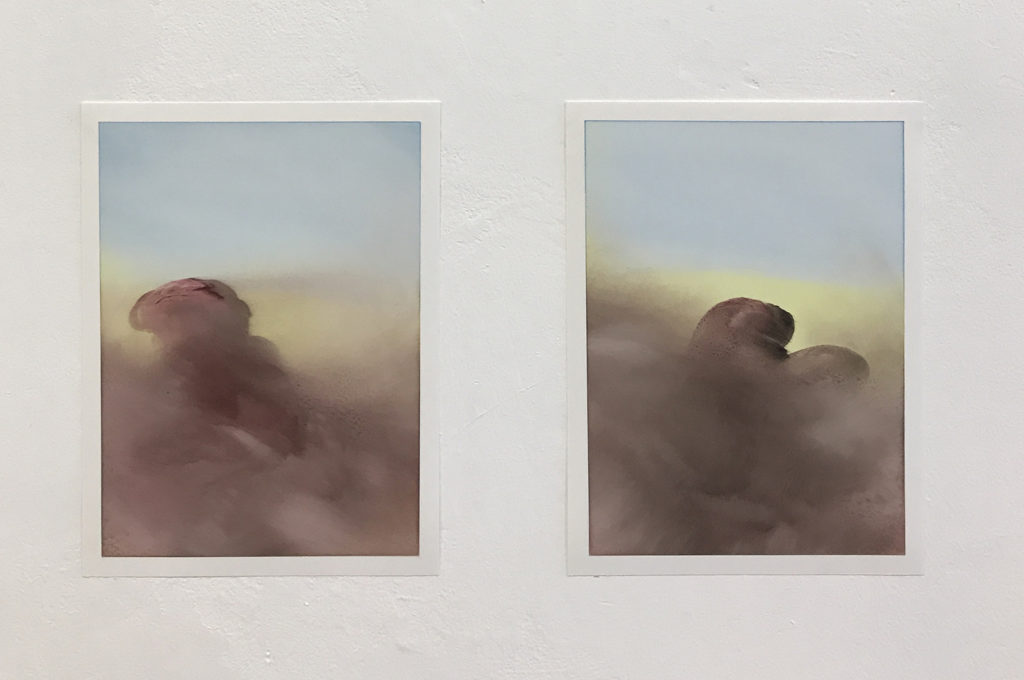
How do you balance art and life?
Most people are probably not aware that this is one of the biggest challenges for artists. Most artists I know, with a few exceptions, worry about how to earn enough money to buy materials, rent a studio, and still find enough time to make work. My situation is no different, just that I have an income which allows for some flexibility.
While I am based in Vermont, I grew up in Germany while most of my family still lives in Poland. In general, immigrants will relate to the feeling that you never feel “at home” anywhere. You learn to embrace a nomadic lifestyle.
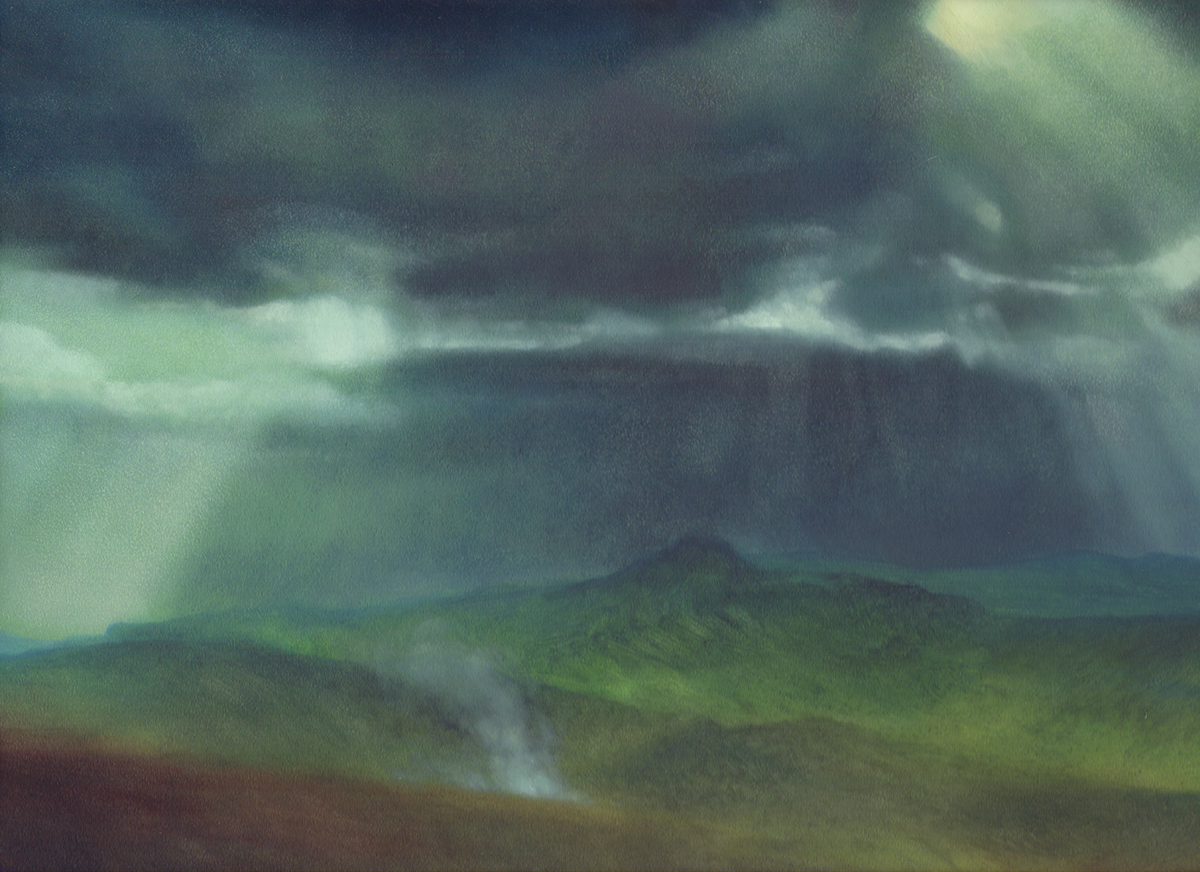
Logar Province (Afghanistan), 11 by 14 inches, oil on panel, 2010
What are you looking for when you look at other artists’ work? Which shows, performances and experiences have shaped your own creative process?
I really enjoy seeing work that I would never make myself. I love meeting and talking to artists who allow me to consider something anew: a work of art, an object, an idea. While in Leipzig I learned about the long tradition of art production that predates the so-called New Leipzig School with the likes of Neo Rauch, Matthias Weischer, David Schnell and so on.
One of my most formative art experiences was the Documenta 11 in 2002. I remember being irritated by The Atlas Group, disturbed by Thomas Hirschhorn, and enthralled by the works of Zarina Bhimji, Shirin Neshat, Eija-Liisa Ahtila, and Luc Tuymans. I have been an admirer of LaToya Ruby Frazier’s work since I first met her at Rutgers in 2008. Then there is Leon Golub and Kerry James Marshall. Then there is Heide Fasnacht, who for the past decade has been moving masterfully between sculpture, drawing, back to sculpture and most recently painting. Thomas Nozkowski’s ability not to repeat a painting and keep inventing within self-imposed constraints is admirable. Vijia Celmins’ dedication to painting a spider web or a war plane with the same sense of urgency is great too. The list goes on and on.
What are you working on now? What’s coming next season?
I am working on new paintings for a solo show scheduled to open in April in Leipzig. I will be showing paintings mostly made in 2019. In addition, I started a film project about my Polish family. It will be a history of Poland from World War II until now, through my grandmother and three of her daughters. Instead of focusing on those who immigrated, namely me and my parents, I wanted to focus on the people who stayed behind. I am also looking for more funding for this project since it has been growing in scope. So if anybody who is reading this has any suggestions, please let me know!











Add Comment